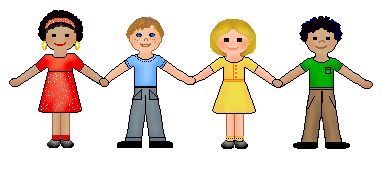I have always considered rough and tumble play at preschool as natural learning. It offers children the opportunity to test the boundaries of their own physical strength. There is also the opportunity to increase their social skills as they interact and play together to establish alpha roles.In my experience, seldom does this form of play develop into real aggression to be termed as dangerous. I would suggest supporting rough and tumble play through supervision rather than preventing it in an early childhood setting.
Teacher perceptions differ when boys are involved in rough and tumble play. To me it is obvious that there is a clear cut difference between this type of play and actual aggression or fighting amongst each other. As a teacher one can establish the difference by noticing body language that is clear when they are having fun together and taking healthy risks during their play.
There is evidence to suggest that through rough and tumble play chemicals are released to assist brain development. Male teachers in an early childhood environment are in my opinion an asset as they can support children by modelling such play with them. In this context, teachers can provide a challenging and safe environment to prevent injuries as well as have discussions with children to encourage them to create their own rules for safety reasons. As the children themselves are responsible in making their own rules they can always be reminded of them by the supervising teachers.
Based on the benefits of rough and tumble play there have been suggestions in documentation that I have read to designate certain areas for this type of play. However, in practice I feel that rough and tumble play should be spontaneous by children in an environment that is well set up and well supervised by teachers.
